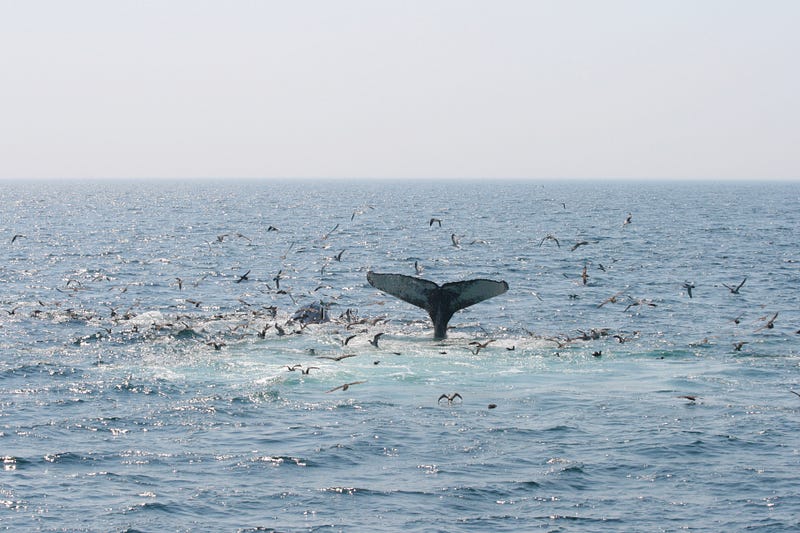The Evolving Ocean: From Sulphidic Depths to Hospitable Waters
Written on
Chapter 1: The Proterozoic Ocean
Over 1.5 billion years ago, Earth's oceans were characterized by a lack of oxygen and sulphidic conditions. Today, however, they are often viewed as welcoming environments for life. Welcome to Part 33 of our exploration into the History of Earth.

The Uniqueness of the Black Sea
The Black Sea is a remarkable body of water, not just for its geopolitical significance as it borders Ukraine, but because it mirrors the ancient oceans of the Proterozoic era. Grain exports from Odesa navigate the Black Sea before heading to the Aegean and Mediterranean Seas, yet its uniqueness extends far beyond this contemporary context.
The Black Sea spans an area of 436,402 km², making it twice the size of the United Kingdom and reaching depths of over 2 kilometers. Its sole outlet is the Bosporus Strait, which winds through Istanbul. At the close of the last ice age, a land bridge existed between the two halves of Istanbul, which physically isolated the Black Sea from the Mediterranean.
One theory suggests that around 6,800 BC, this land bridge collapsed, allowing the Mediterranean to flood into the Black Sea with a force more than 200 times that of Niagara Falls. This dramatic event may have inspired the biblical tale of Noah's Flood. Regardless of the veracity of that narrative, the Bosporus remains a narrow passage at its tightest, measuring just 700 meters wide, with depths fluctuating between 110 meters and a mere 13 meters.
This intriguing situation, however, is not the primary reason for the Black Sea's distinction.
Hospitable Yet Hostile
The Black Sea is defined by its two distinct layers that do not mix. The upper layer, extending 200 meters down, is rich in oxygen and teeming with life, including the Beluga Sturgeon, whose eggs are prized for producing the finest caviar. This upper layer was aptly named "Euxine" by the Ancient Greeks, translating to ‘hospitable sea.’
Conversely, the lower 90% of the Black Sea is stagnant and nearly devoid of life, save for certain bacteria that can survive in sulphide-rich environments. Unlike other oceanic depths, where oxygen-dependent species such as fish and crustaceans thrive, the Black Sea's lower layers are lifeless. Ironically, this inhospitable, sulphidic layer is referred to as "euxinic," a term that suggests exactly the opposite of its conditions.
The Black Sea holds the title of the largest expanse of poorly oxygenated water on the planet.
The Canfield Ocean Hypothesis
In 1998, geochemist Donald Canfield proposed that the deep oceans during the Proterozoic were similarly euxinic, leading to what is now known as the Canfield Ocean theory. Subsequent research has refined this idea, suggesting that the oceans were structured in three layers: a surface layer with low oxygen levels, a mid-layer rich in iron, and a thin euxinic bottom layer.
Regardless of the specifics, the consensus is clear: the oceans were largely devoid of oxygen, making them inhospitable for the development of eukaryotic life. For complex life to flourish on Earth, a significant transformation was necessary.
That pivotal change nearly occurred 1.4 billion years ago, but ultimately did not come to fruition. The story of that near transformation will be explored in Part 34.
This article is the 33rd in a series detailing 50 significant periods in Earth's history. Each segment covers a span of 100 million years.
Click here for Part 32: STROMATOLITE or Part 34: REHEARSAL. If you're interested in exploring all articles, please consider following me.
Chapter 2: The Origins of Oceans
Explore the fascinating beginnings of Earth's oceans in the following video, which delves into how these vital bodies of water came to be.
Chapter 3: How Earth Acquired Its Ocean
Learn more about the processes that led to Earth's oceans in this insightful video that examines the planet's early history.